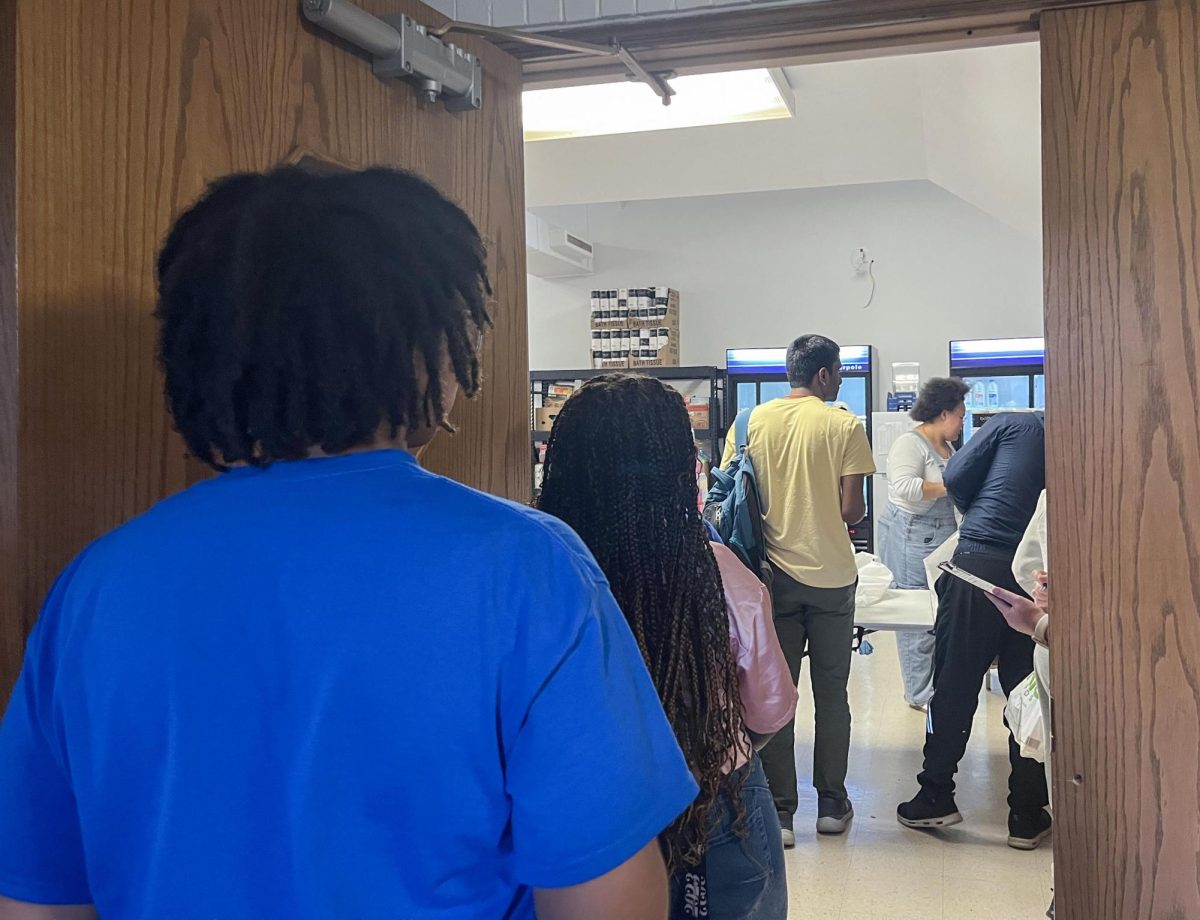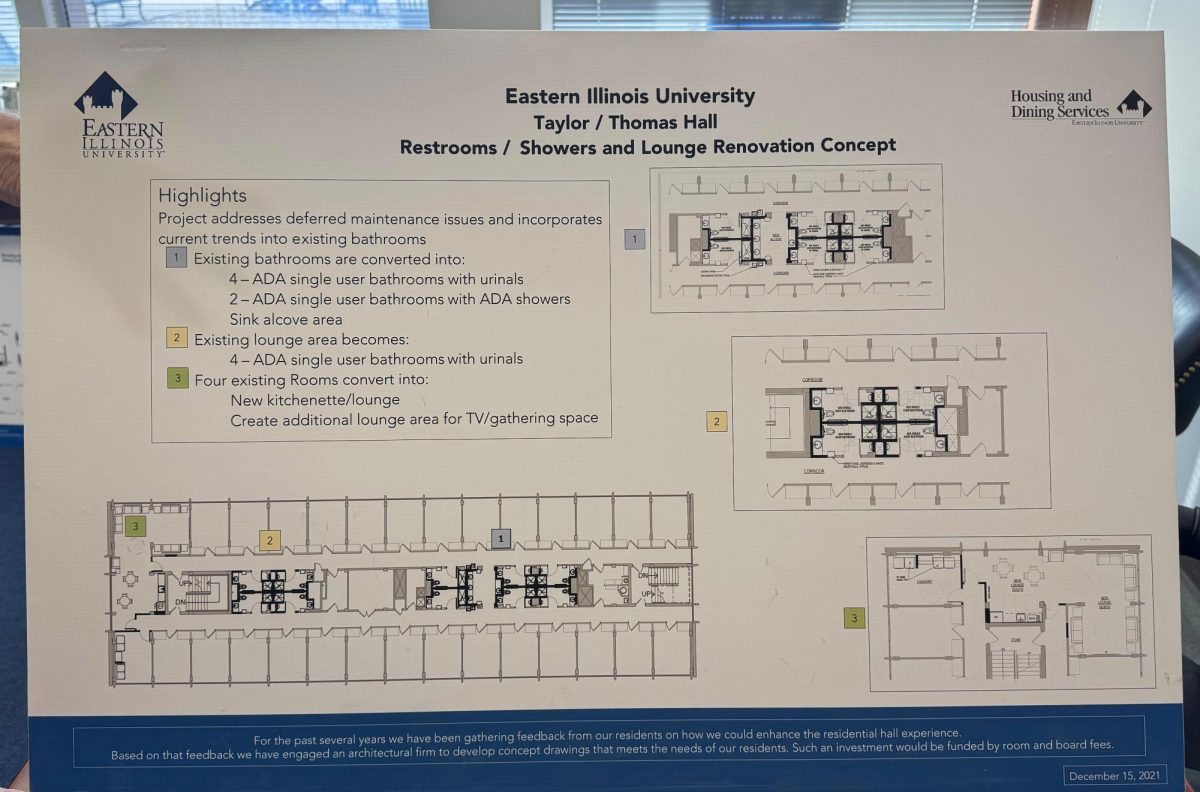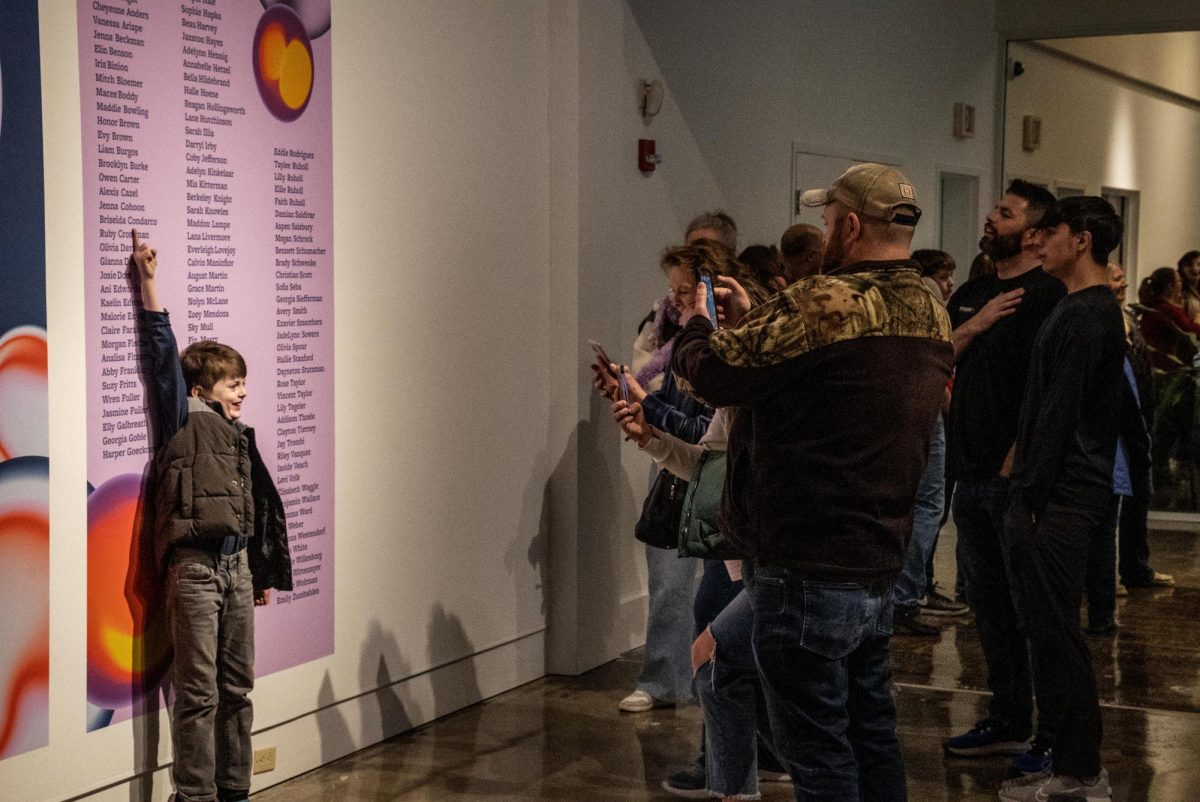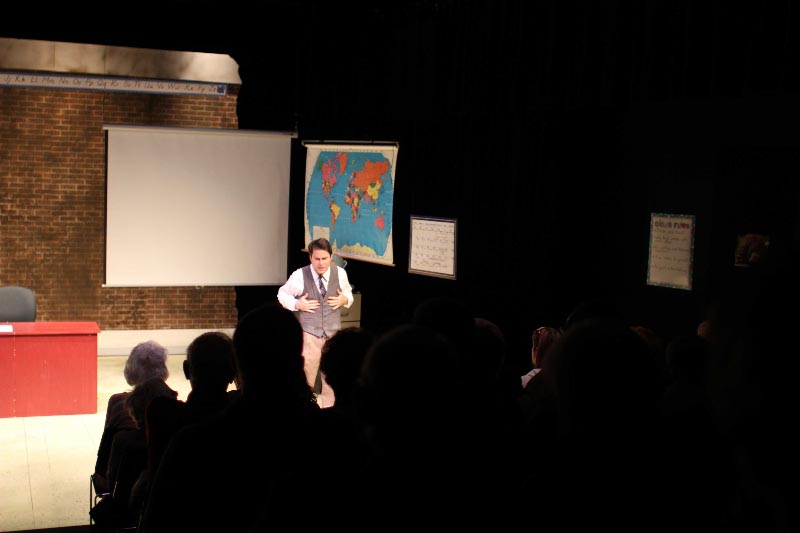Hopeful. Horrifying. Stark.
All three of these words perfectly summarize Steven Spielberg’s 1993 film “Schindler’s List” which tells the story of Oskar Schindler (Liam Neeson) who seeks to earn a fortune by utilizing the cheap labor of Jews during the Holocaust.
Schindler forms a bond with an accountant named Itzhak Stern (Ben Kingsley) who helps him organize a factory in what is called the Ghetto for the workers to create pots and pans.
However, when the SS and police authorities arrive during the Liquidation of the Ghetto, most of the Jews are taken to forced-labor or concentration camps which sparks an idea in Schindler to use his money to bribe Nazi officials and rescue 1,200 Jews from death.
One such official is Amon Göth (Ralph Fiennes) who is my favorite actor in this entire film. Fiennes’ range is incredible and the malice he plays Goeth with is palpable.
Where his Oscar for this role is, I don’t know but he 100% should’ve gotten one.
Kingsley is my second favorite actor in the film as he gets more screen time than Goeth so there’s more time for the audience to connect with the character similar to how Schindler did.
Kingsley’s natural voice comes out a bit in some scenes but what makes his acting so great is his mannerisms, nailing the fearful feeling Jews felt around members of the Nazi party.
While I appreciate those two actors, the same cannot be said for Neeson as I feel like I’ve seen all he brought to the film before.
His attempt at a German accent for the role also falls short with only slight annunciation being present at the end of sentences, so instead of seeing Schindler delivering hope during a dark time on-screen I only see Liam Neeson speaking as Liam Neeson.
I understand Spielberg cast Neeson as to not have the role of Schindler tainted by an actor with large Hollywood fame, but this presents a problem as the main character of the film fails to be interesting due to the actor playing the role.
Maybe that’s why for a three hour and 15 minute long film Schindler takes a backseat for at least half of it.
The runtime is arguably just as horrible as some scenes within the film to watch. I don’t know what Spielberg was on, but there are definitely scenes that could be shortened or removed altogether.
For example, about halfway through the film, Jews at the Plaszow forced-labor camp are told to remove their clothing for a physical to determine which workers are healthy enough to keep working and which workers will be taken away for execution.
The film spares no detail throughout this scenes and it’s truly horrifying to watch unfold on-screen, but they last longer than necessary and don’t help build up Schindler’s character.
Yes, it’s important to have these scenes to show the horrors of the Holocaust, but without tying them back to the main character it feels like I’m watching the History Channel without the narration.
Speaking of sparing no detail, the cinematography follows suit with its camera angles and color.
“Schindler’s List” primarily uses closeup and wide shots to ignite a response in the audience.
For me, I found myself cringing at the horror of the Liquidation of the Ghetto multiple times where the SS would simply just execute people on the street at will.
The camera angles used here was a closeup shot of the person being pinned at gunpoint followed by their head busting open after the gun was fired with blood trickling down the street before panning out to show similar executions occurring all across the Ghetto.
The decision to not spare any detail may seem strange as the film is filmed primarily in black and white with only a few scenes having color to them, but I think this highlights how stark the Holocaust was.
Removing the color from these scenes allows the film to get away with showing some of the most graphic content ever put to screen without accidentally scaring audiences with the gore of the situation.
“Schindler’s List” is a great film with strong actors and filmmaking that make things feel palpable and highlight the Holocaust in a horrifying yet genuine light.
Despite this, the film does feel a bit torn as it wants to tell a story about Schindler but drags out scenes that have little relevance to his character, making the film feel like it’s more about showcasing the horrors of the Holocaust than telling the story of Schindler.
Rating: 4/5
Luke Brewer can be reached at 581-2812 or at lsbrewer@eiu.edu.



![[Thumbnail Edition] Eastern Illinois University President Jay Gatrell welcoming staff and faculty to the Spring 2025 Plan 2028 update in Doudna Fine Arts Center on March 26, 2025.](https://www.dailyeasternnews.com/wp-content/uploads/2025/03/P2028_01_O-1-e1743206673730-1200x560.jpg)



![[Thumbnail Edition] Senior Foward Macy McGlone, getsw the ball and gets the point during the first half of the game aginst Western Illinois University,, Eastern Illinois University Lost to Western Illinois University Thursday March 6 20205, 78-75 EIU lost making it the end of their season](https://www.dailyeasternnews.com/wp-content/uploads/2025/03/WBB_OVC_03_O-1-e1743361637111-1200x614.jpg)
![[Thumbnail Edition] Junior right-handed Pitcher Lukas Touma catches at the game against Bradley University Tuesday](https://www.dailyeasternnews.com/wp-content/uploads/2025/03/MBSN_14_O-e1743293284377-1200x670.jpg)



![[Thumbnail Edition] Eastern Illinois University baseball senior utility player Tyler Castro fields a ground ball during the team's first intrasquad scrimmage of the season on Jan. 31.](https://www.dailyeasternnews.com/wp-content/uploads/2025/03/BB_01_O-e1742874760130-1-e1742907504722-1200x911.jpg)
![[Thumbnail Edition] Senior tennis player Luisa Renovales Salazar hits the tennis ball with her racket at the Darling Courts at the Eastern Illinois University campus in Charleston, ILL.](https://www.dailyeasternnews.com/wp-content/uploads/2025/03/Tennis_01_O-1-e1741807434552-1200x670.jpg)























![[Thumbnail Edition] Senior right-handed pitcher Tyler Conklin pitching in the Eastern Illinois University baseball team's intrasquad scrimmage at O'Brien Field in Charleston, Illinois on Jan. 31.](https://www.dailyeasternnews.com/wp-content/uploads/2025/03/TC_01_O-e1741567955534-1200x669.jpg)













![The Weeklings lead guitarist John Merjave [Left] and guitarist Bob Burger [Right] perform "I Am the Walrus" at The Weeklings Beatles Bash concert in the Dvorak Concert Hall on Saturday.](https://www.dailyeasternnews.com/wp-content/uploads/2025/03/WL_01_O-1200x900.jpg)
![The team listens as its captain Patience Cox [Number 25] lectures to them about what's appropriate to talk about through practice during "The Wolves" on Thursday, March 6, in the Black Box Theatre in the Doudna Fine Arts Center in Charleston, Ill.](https://www.dailyeasternnews.com/wp-content/uploads/2025/03/WolvesPre-12-1200x800.jpg)



















